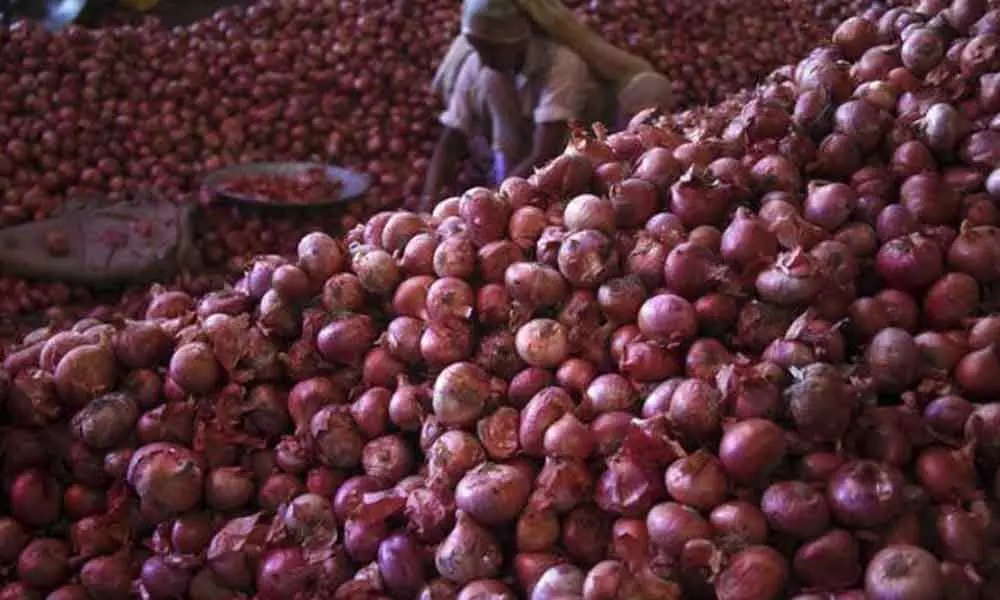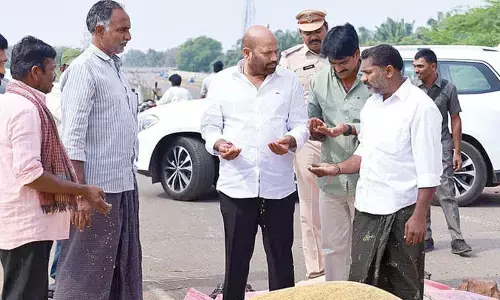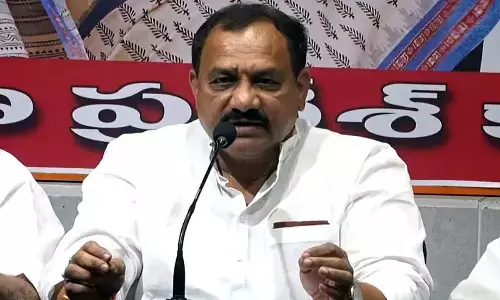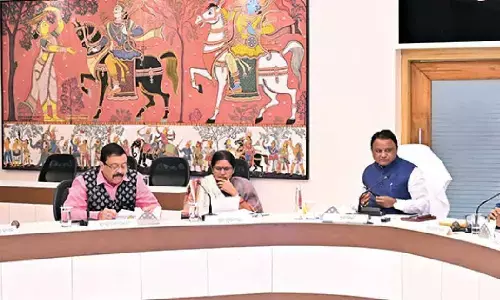Onion scarcity shows unpreparedness of authorities

The onion – which forms an important ingredient in Indian cooking and is widely seen as the poor man's vegetable has left citizens teary eyed as the prices have soared to unprecedented level of Rs 165 per kg.
Despite tall claims by the governments, whether it be the Central or the States, the fact is that this situation is unlikely to ease before February. The small red bulb had brought down governments in 1980, 1998 and 2010. It did not differentiate who was in power, the Congress or the BJP.
This new record price of Rs 165 per kg had proved that come what may, our politicians refuse to learn lessons and take corrective measures well in advance. They only make use of such situations to indulge in blaming each other and resorting to personal attacks and wash their dirty linen in public.
As per world ranking, China is number one in onion consumption followed by India. Yet the rulers seem to believe more in kneejerk reactions and play to the gallery and claim that they were scouting for onions across the country and trying to mitigate the problems of the common man by selling them at subsidised rates at Rythu Bazars where people have to stand in queues for half a day to get one kilo of onion at subsidised rates.
No preparation is complete without onion in India. Be it rich or poor, every household consumes onion, we have some leaders who say that onion is not staple food. They should know there are many families particularly in north who eat roti with onion as they cannot afford curry.
Down south, onion is widely used in various items including masala dosa, onion dosa, uthappam etc. Even various chat items like bhelpuri, or for that matter rice with Gongura chutney, onions are must.
The onion prices have been on the rise in India since August, when it was selling at Rs 25 per kg. By October, the prices shot up to Rs 80 and since then the price has been hitting the skies but the Central and the State governments failed to wake up in time and take necessary measures. Neither the rulers nor the officials seem to have taken the issue seriously.
The red bulb crisis has proved that the governments, Central or States, have no proper grassroot planning. They have not created enough storage facilities and food processing services. Their Agriculture and Marketing departments are lacking coordination and there is no proper planning on crop pattern.
The Central as well as State agencies should have foreseen the crisis and reacted well in advance. It is time all those in ruling focussed more on governance rather than on politicking. The Centre claims that it was importing 2,000 tons of onions from Egypt, China, Afghanistan and other 'countries of origin'.
But the consignment will start arriving only towards the end of January. By that time Rabi crop would also be in the market. Onion crop is grown in three cycles, Kharif which is sown in May to July and harvested in October-December. Late Kharif sown in August-September and harvested in January and Rabi sown in October-November and harvested in April.
About 90 percent of India's onion comes from the States of Karnataka, Maharashtra, Madhya Pradesh, Gujarat, Rajasthan, Uttar Pradesh, Bihar and West Bengal. Of this, Maharashtra contributes to nearly one-third of the country's production of the vegetable. Let us hope that at least now the Centre and States will wake up and work out action plan to see that such a situation does not arise.




















